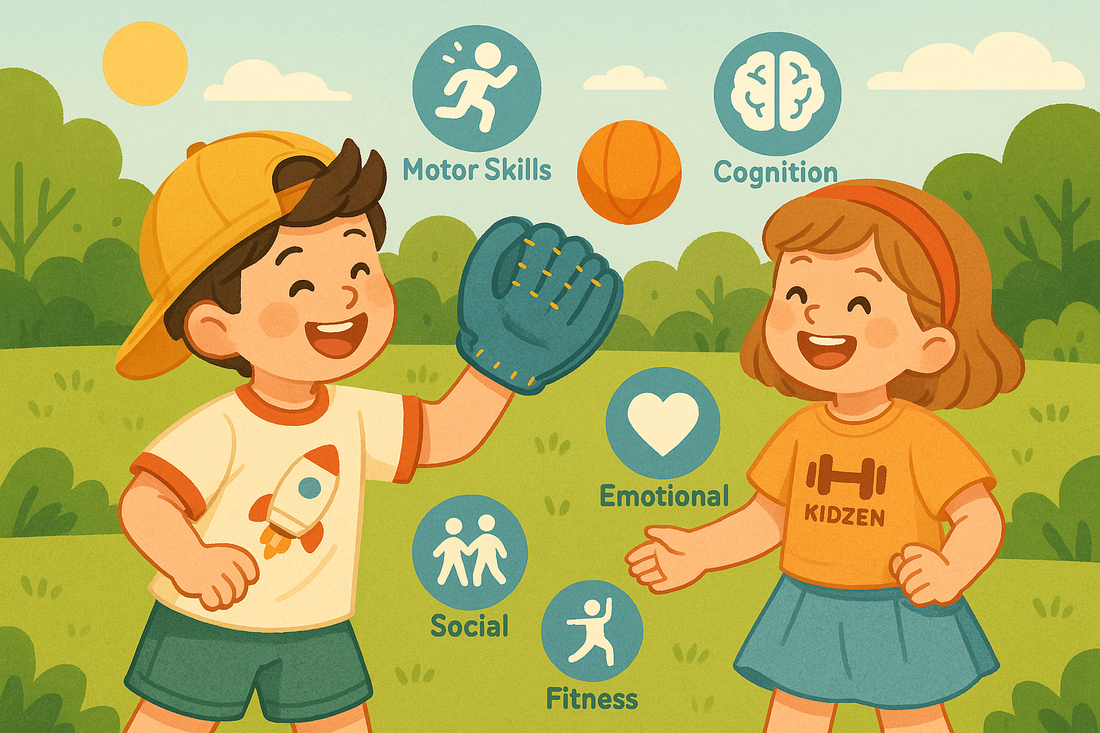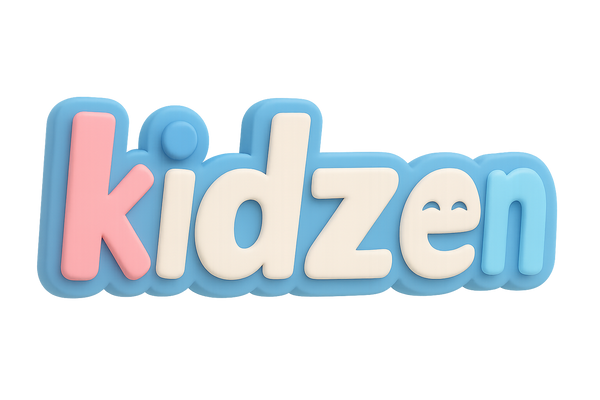
The Surprising Developmental Benefits of Playing Catch for Children: Backed by Science
Share
Playing catch may seem like a simple childhood game, but scientific research reveals it to be a powerful tool for children's physical, cognitive, and social-emotional development. The act of throwing and catching engages multiple systems simultaneously, making it an excellent activity for fostering well-rounded growth in young children.
1. Motor Skills and Hand-Eye Coordination
Throwing and catching require precise timing, visual tracking, and body positioning, which significantly improve hand-eye coordination and fine motor skills. A study in Perceptual and Motor Skills (2019) found that children aged 5 to 8 who regularly engaged in catching activities showed greater improvement in manual dexterity and reaction time compared to peers who only participated in static activities (Roberts et al., 2019).
The repetitive motion of catching also enhances proprioception and spatial awareness, essential for overall motor development (Sugden & Wade, 2013).
2. Cognitive Development and Attention Control
Catch games are not only physical—they challenge a child's cognitive processing speed and attention control. According to research in Developmental Psychology (2018), children playing catch games displayed improved focus, working memory, and decision-making skills due to the need for constant attention and quick responses (Watson et al., 2018).
Catch play also supports executive functioning by requiring children to predict the ball's trajectory and adjust their body accordingly.
3. Emotional Regulation and Confidence Building
The success-failure dynamic in catch play helps children learn frustration tolerance, patience, and perseverance. A study published in Journal of Child and Family Studies (2020) highlighted that structured ball games like catch enhance children's emotional regulation and self-efficacy by providing a safe space to experience and overcome challenges (Kim et al., 2020).
This builds confidence and resilience, essential traits for emotional health.
4. Social Skills and Communication
Catch is often played in pairs or groups, promoting social interaction, communication, and teamwork. It encourages turn-taking, cooperation, and empathy. Early Child Development and Care (2021) emphasized that children participating in cooperative physical games such as catch developed stronger peer relationships and social problem-solving abilities (Lee & Johnson, 2021).
5. Physical Activity and Health Benefits
Lastly, catch play is an easy, enjoyable way to encourage regular physical activity, contributing to cardiovascular health, muscle development, and overall fitness. It serves as a gateway to more complex sports and active lifestyles.
Conclusion
Far beyond a playground pastime, playing catch offers children a comprehensive developmental boost—supporting motor skills, cognitive function, emotional resilience, and social competence. Parents and educators should embrace this timeless activity as part of daily routines to nurture happy, healthy, and capable children.
References
-
Roberts R, Bell C, Bellinger D. The impact of structured catch play on motor skills in young children. Percept Mot Skills. 2019;126(3):514-528.
-
Sugden DA, Wade MG. Typical and Atypical Motor Development. Mac Keith Press. 2013.
-
Watson A, et al. The effects of active play on children's executive function and attention. Dev Psychol. 2018;54(8):1508-1520.
-
Kim J, et al. The relationship between ball games and children's self-regulation and resilience. J Child Fam Stud. 2020;29(1):85-94.
-
Lee SY, Johnson AB. Cooperative games and social competence development in early childhood. Early Child Dev Care. 2021;191(12):1956-1970.
